For equity research associates to get fully licensed, it might help to know what’s new on the Series 86 exam in 2025. In today’s post, we discuss just that. What’s new in the new year, and what is likely to stay the same? Let’s see.
The Series 86 Exam in 2025: Concepts, Not Math
In May 2023 , FINRA launched a revised Series 86 Exam. This exam was meant to incorporate more of the functions and tasks that a research analyst performs. In practical terms, we believe the test veered significantly toward concepts as opposed to math.
The Series 86 exam in 2025 carries on with this change. However, what’s likely to be new in 2025 is the database of potential questions. Based on feedback, we believe the questions may change periodically – defined as every few months or so. We don’t always expect a fresh batch of new questions. Sometimes you may see tweaks to existing questions. Other times you may just see a change in the numbers to the same question.
Generally speaking, knowing the formulas for this exam is still absolutely necessary.
Many of the questions may be qualitative in nature but require you to have a grasp of how movement in one piece of a formula may affect the whole.
DCF Example
For example, if asked whether or not interest expense affects an unlevered discounted cash flow, there are a few things you need to know.
First, an unlevered discounted cash flow actually refers to the numerator in the discounted cash flow to be “free cash flow to the firm” not “free cash flow to equity.” Free cash flow to the firm is referred to as unlevered because it does not consider the cost of debt (recall that it uses EBIT not net income).
Second, be careful not to confuse an unlevered discounted cash flow with an unlevered company. Often times an unlevered discounted cash flow is used to value a company with leverage. A company that has leverage means it has debt. However, you would use an unlevered discount to cash flow for a company that has debt to measure its enterprise value – and then to measure its intrinsic value, or true equity value, you would remove the debt and add the cash.
What Other Changes?
Many of the questions on the Series 86 Exam in 2025 may also test other ways of saying one concept. For example, a working capital ratio is not specifically defined. Despite that, one could interpret the current ratio as a working capital ratio.
Similarly, one could be asked to calculate the return on invested as a percentage of sales. The return on invested capital in dollars is simply referred to as net operating profit after taxes (or NOPAT). Dividing that by sales could simply get you to net margin if the company has no interest expense. Or, it could get you very close to operating margin if the company does.
Lastly, it’s worth noting that one might have to interpret more current event type of questions as well. For example, if there’s a conflict between two countries where one of the countries is a significant energy producer, one should know that a third-party country that has a company that manufactures and sells its products in the third-party country will have no impact from the conflict on its sales, or profitability. In other words, a company like Dunkin’ Donuts, that makes its coffee and donuts in the US, would theoretically be unaffected by a conflict overseas.
Overall, the Series 86 Exam remains a difficult exam. One of the most challenging aspects of the Series 86 Exam in 2025 and prior years is understanding what assumptions must be made. Many are not explicitly stated in the textbook so if you need further help contact a Series 86 Tutor. Feel free to reach out to us if you need more help or check out our prior blog to get another Series 86 preview of what you’re getting yourself into! Good luck!

